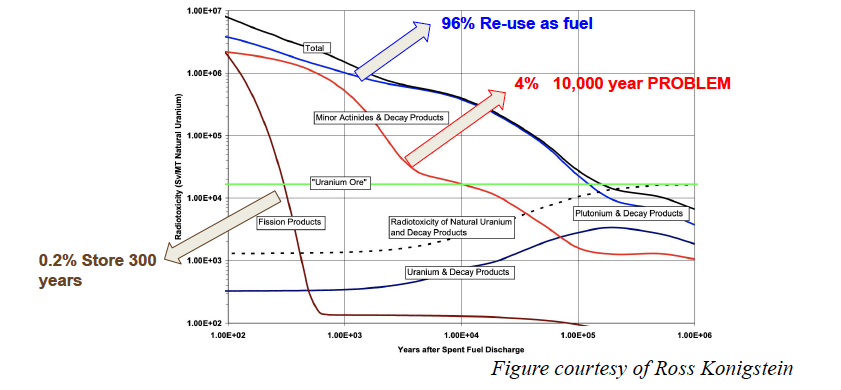The 141 year “metastable” state in Americium-242m is a troublesome “Anti-Goldilocks” minor actinide component of spent nuclear fuel with a lifetime that is too long for short-term storage but too short to be ideally suited for long-term waste disposal solutions (see the figure below). However, if the lifetime of Americium-242m can be decreased it would rapidly decay into Plutonium-238 which is the element that comprises the radioisotope thermal generators (RTGs) used to produce safe, reliable energy for virtually all interplanetary space exploration missions from Voyager to the latest generation of Mars rovers.

A new generation of high-repetition rate petawatt lasers such as the BELLA PW laser at Berkeley Lab offers a new tool to de-excite metastable nuclear states through the same sort of plasma-nuclear interactions that exist in the stellar environments where heavy elements are formed.
Under support from Google, a collaboration of Bay Area Nuclear Data researchers (Bernstein, Brown, Voyles, and Graduate Student Robert Jacob) and experimentalists from the Berkeley Lab Laser Accelerator (BELLA) Center (Cameron Geddes, Carl Schroeder, Tobias Ostermayr, and Dieter Schneider) is exploring the acceleration of metastable state decay by exciting the nucleus to a group of intermediate “Quasicontinuum” states that then decay quickly to different states. This is shown the figure below.
This excitation process can take place through the absorption of either a photon or an electron. These energetic photons and electrons are produced at BELLA using a process called laser wakefield acceleration (LWFA) which produces multi-MeV electrons.
In the first phase of this project the team will explore the excitation of metastable states in bromine and yttrium nuclei in two types of scintillating photon detectors. LWFA electrons will be dispersed spatially using a dipole magnet to allow for measurement of the photo-excitation process as a function of energy. Once the optimal energy range is determined the team will irradiate an Americium-242m sample. The experimental set-up is shown in the figure below.
